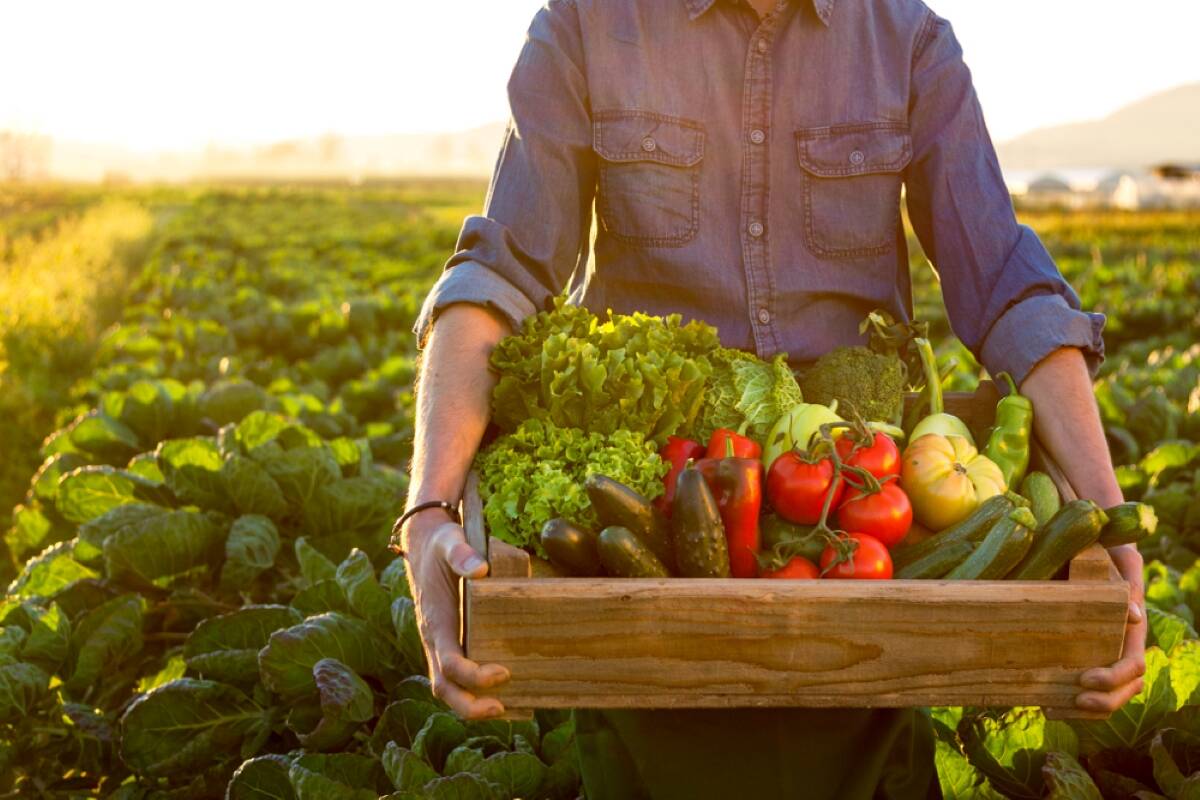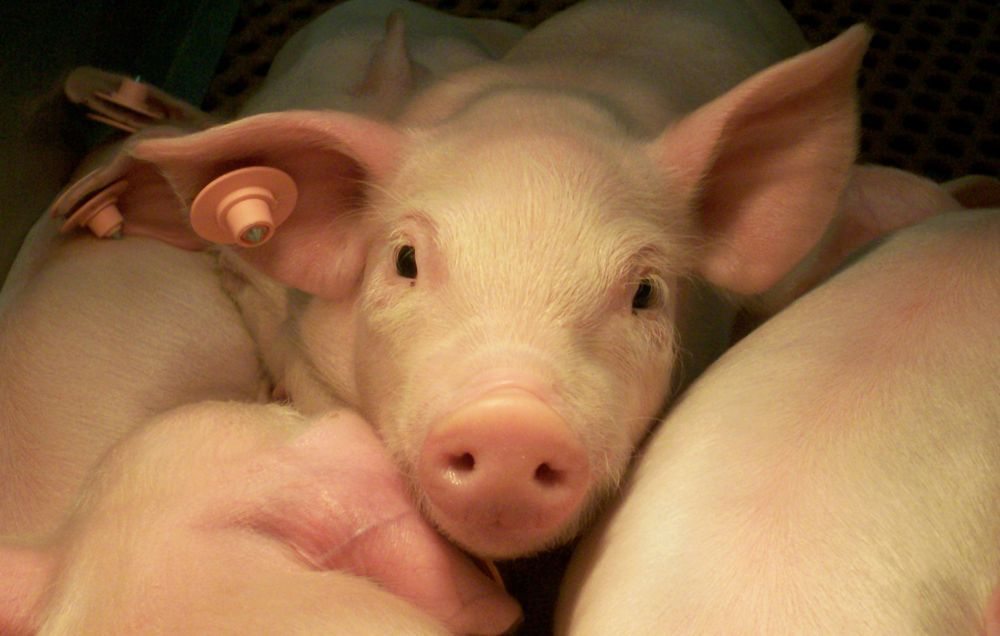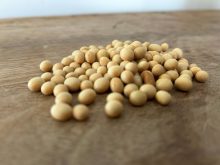Reuters — The U.S. hog herd in the December-February quarter modestly grew from a year earlier to a record high for that quarter, according to Friday’s U.S. Department of Agriculture quarterly hog report.
Farmers cautiously added to herds while shoring up their bottom lines following the surge in hog numbers as the industry recovers from outbreaks of the porcine epidemic diarrhea virus (PEDv), industry economists said following the report.
“PEDv is much less of a problem than it was in recent years, but it’s not totally gone,” said University of Missouri economist livestock Ron Plain.
Read Also

Growing pains: An Ontario city’s urban agriculture efforts show good policy requires real capacity
London, Ont., adopted Canada’s first stand-alone Urban Agriculture Strategy in 2017. Yet, almost eight years later, many of the strategy’s goals remain unrealized.
He said Friday’s USDA survey suggests weak hog and pork prices this summer versus a year earlier, with prices for both rising as 2016 progresses.
The USDA report showed the U.S. hog herd as of March 1 at 67.6 million head, topping the then record high for the quarter of 67.4 million a year earlier.
Analysts, on average, expected 67.626 million head, or 100.3 per cent of the year-earlier herd.
The U.S. breeding herd stood at 5.98 million head, a marginal decrease versus last year.
The average trade forecast was 6.016 million or 100.6 per cent of the previous year.
The March 1 supply of market-ready hogs for sale to packers was 100 per cent of a year earlier at 61.7 million head, a slight gain from 61.4 million from March 1 last year. Analysts, on average, looked for a 0.3 per cent gain, or 61.595 million.
Analysts viewed the report as generally neutral because outcomes for the top three categories were nearly in line with forecasts.
“They all came in pretty much exactly the same as what they were last year so it really doesn’t show any trend of expansion, which is definitely a positive thing” for hog prices, Tyler Fulton of Headingley, Man.-based H@ms Marketing Services said on the industry program Farmscape on Monday.
“To be honest we’re struggling to move all of the pork both domestically and in export markets currently, so it’s almost a sigh of relief to see that there’s really no strong indications of big numbers coming down the pipe.”
However, other analysts said the one per cent bump in the lightweight hog category implies ample supplies through the summer.
Conversely, the June through August farrowings, or the number of female hogs expected to give birth, were below trade forecasts suggesting fewer animals during the second half of 2016.
The uptick in light-weight hogs, and slippage in summer farrowings, may be mildly bearish for nearby Chicago Mercantile Exchange lean hog futures and slightly supportive to deferred contracts on Monday, said Doane Advisory Services economist Dan Vaught.
Pigs per litter, the category most affected by the virus, were at 10.3 during the winter period, eclipsing the December-February 2015 record of 10.23.
PEDv killed an estimated eight million pigs over the past three years, but has become less severe after the introduction of vaccines and enhanced biosecurity measures.
— Theopolis Waters reports on livestock markets for Reuters from Chicago. Includes files from AGCanada.com Network staff.















